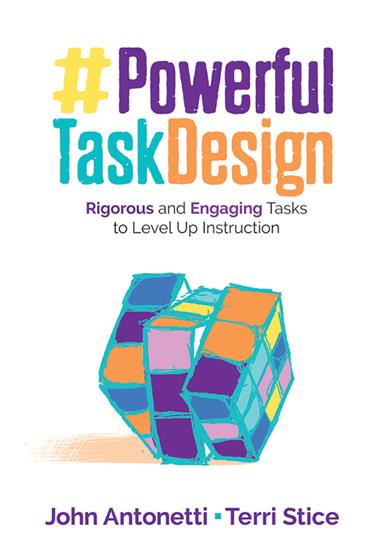Hands-on, Practical Guidance for Educators
From math,
literacy, science, equity, multilingual learners, and SEL, to assessment, school counseling,
and education leadership, our books are research-based and authored by experts
on topics most relevant to what educators are facing today.

Bestseller!
Powerful Task Design
Rigorous and Engaging Tasks to Level Up Instruction
First Edition
This book will teach you to use the Powerful Task Rubric for Designing Student Work to analyze, design, and refine engaging tasks of learning.
Product Details
- Grade Level: PreK-12
- ISBN: 9781506399140
- Published By: Corwin
- Series: Corwin Teaching Essentials
- Year: 2018
- Page Count: 216
- Publication date: March 01, 2018
Review Copies
Review copies may be requested by individuals planning to purchase 10 or more copies for a team or considering a book for adoption in a higher ed course. Request review copy



